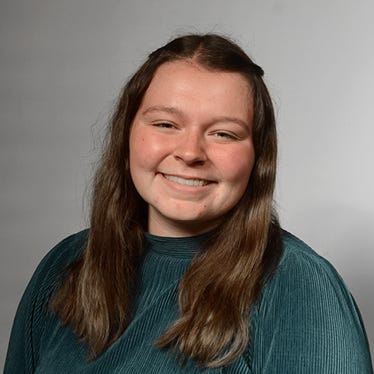
While still in its early stages, CoverCress has already shown the possibilities that can come with a new cash crop that provides the benefits of a cover crop. However, asking producers to dive in headfirst with this new crop can be a big ask, especially because it requires changing their routine — which the CoverCress Inc. team is trying to minimize.
CoverCress is a rotational cash crop that fits into existing corn-soybean rotations. When the grain is crushed, it produces oil that can be used for renewable fuels.
Bringing the combine out of the shed in the spring to harvest this crop for oil may seem like an odd concept to some, but it is no different than getting the combine out to harvest wheat in the summer, according to the CCI team. They share that they’ve seen farmers considering what they can do to make it work.
For those who are curious about bringing the new crop on board, CCI is making the process easier by introducing its Farm Adoption Program.
“We need to inform farmers how to grow this crop,” says Chris Aulbach, senior vice president of agronomy and operations at CCI.
CoverCress adoption program
The Farm Adoption Program allows producers to test CoverCress in their operations with no risk. CCI provides the seed free of charge, which can then be treated as a typical cover crop for a few years until a decision is made to move forward with it as a cash crop.
The CCI team works with interested farmers by helping them select the best fields to test the crop on, sharing best practices for seeding and assessing the crop’s success in their operation.
“Introduction of CoverCress should be included as part of the rotational system when making cropping plans each season,” Aulbach says. For that reason, CCI doesn’t want farmers to feel like they must start with this crop as a cash crop, harvesting it the first season they grow it.
Incorporating CoverCress into your operation will require a bit of a mindset shift, according to Aulbach. Rather than believing this crop could be taking away from your soybean yield, he says to think about it as part of a larger solution for total oil production. This means seeing the possible oil production on each acre from both CoverCress and soybeans.
The CCI team emphasizes that it’s not feasible to grow this crop on all your acres. It is simply an alternative that can contribute to the plant-based oil supply needed to meet growing demand.
“We would like for farmers to plant CoverCress on a portion of their acres each fall,” Aulbach adds.
Opportunities for growers
Caleb Smith, director of sustainability at Keystone Cooperative, echoes that belief, adding, “It seems to be a really good fit for a few acres in the operation.”
He shares that Keystone is working with Truterra to offer Climate SMART (Scaling Mechanisms for Agriculture’s Regenerative Transformation) funding for producers testing CoverCress in their operations. Because those producers are trying the crop as a cover crop through the Farm Adoption Program, they would qualify for those dollars.
Once producers make the switch to harvesting CoverCress as a cash crop, they no longer qualify for that specific funding. However, Smith predicts there will be a new program for oil seeds with the new farm bill.
He adds that today, there are 11 Keystone customers with 400 to 500 acres in CoverCress production. There is no cutoff to enroll in the Farm Adoption Program this fall. Contact CCI directly for more information at covercress.com or 314-222-1403.
About the Author(s)
You May Also Like






